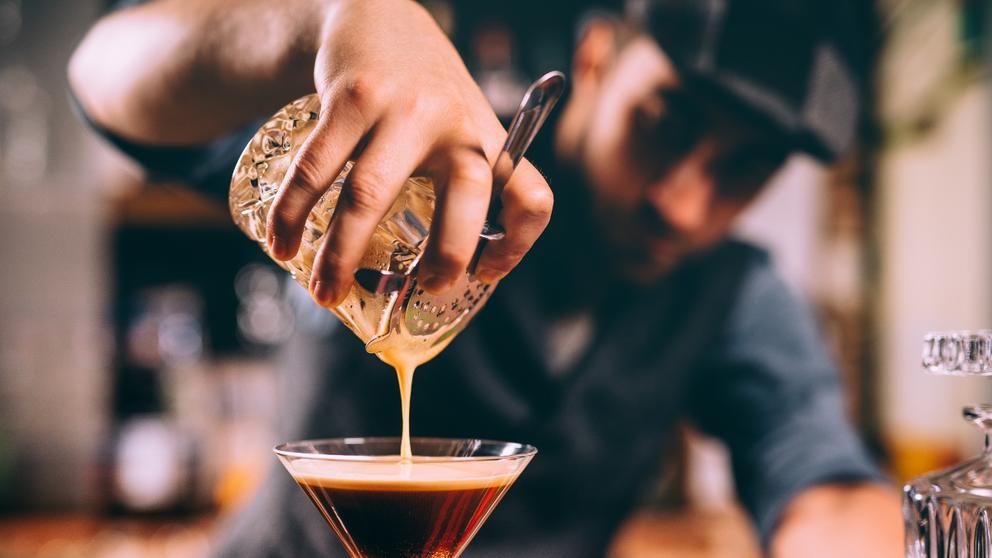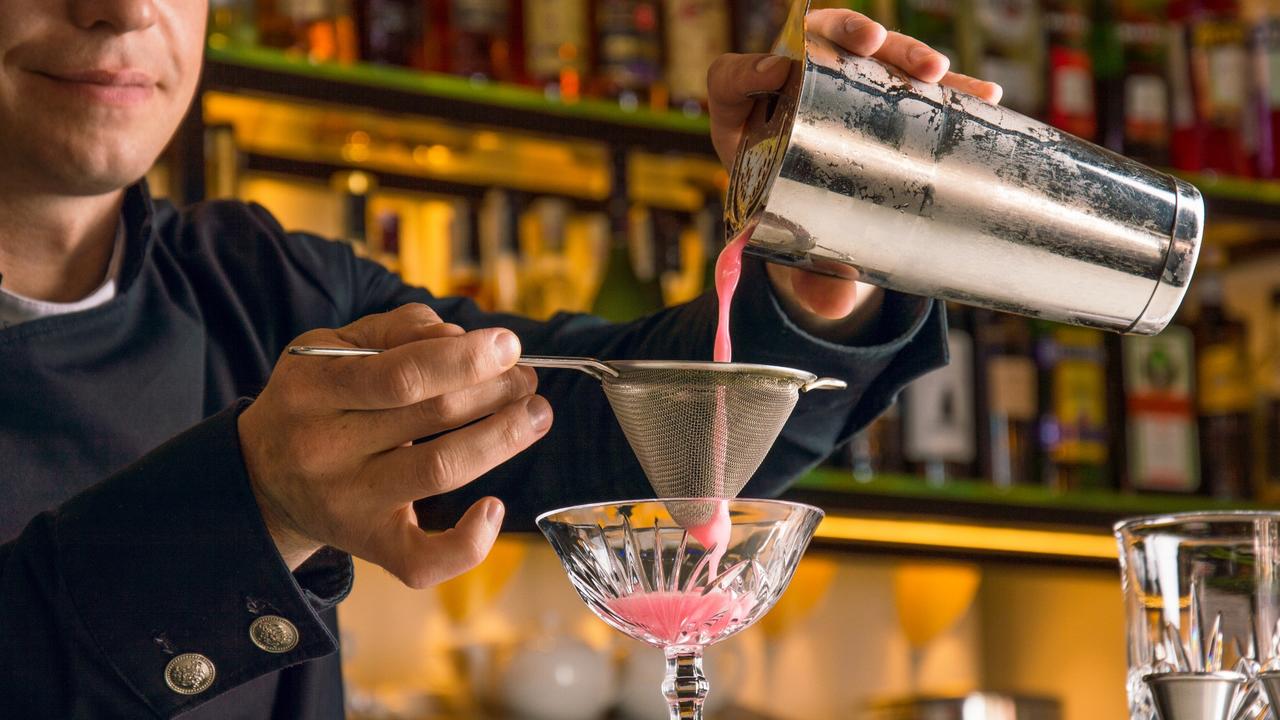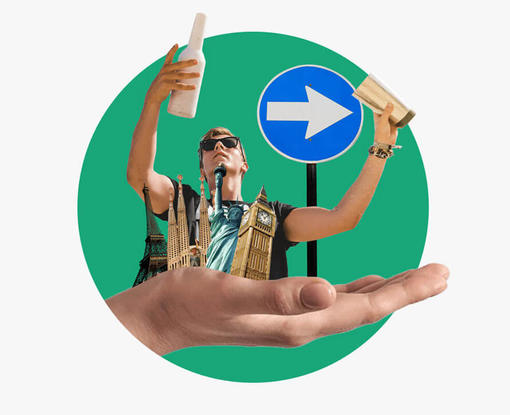Learning how to use a cocktail strainer isn’t as simple as you might think. Bartenders strain cocktails every service and must become very adept at using one. It’s the final step before the customer receives the drink, so it's only one step away from disaster.
Take note of our guide to using a cocktail strainer like a professional…
Why use a cocktail strainer?

Bartenders use the cocktail strainer for the simple reason to give the customer a high-quality drink. Straining ensures that any tiny particles from shaking are not present in the drink upon serving. This could be either fruit pulp or tiny ice shards.
Ice is important when making drinks as it keeps them chilled, improving the experience. However, it’s not always necessary to leave the ice within the drink upon serving. Ice dilutes the drink, reducing the drink’s quality. Using ice just in the cocktail shaker and then straining guarantees a smooth, chilled cocktail. It also means that the cocktail leaves the bar and arrives at the customer the same quality. This is how bartenders control the cocktail experience for the customers.
Which cocktail strainer to use?

There are three cocktail strainers that bartenders use behind the bar, the Hawthorne Strainer, Julep Strainer and fine strainer. Both the Hawthorne and Julep Strainer can be used as stand-alone cocktail strainers. The fine strainer, however, is often used with either of these two strainers, to double or triple strain a cocktail.
Hawthorne Strainer – This cocktail strainer is used to strain drinks like the Margarita, Whiskey Sour or even the Cosmopolitan. Bartenders are gifted with the ability to double strain with this bar tool, without any further bar tools. Unlike the other cocktail strainers, it can be used for both stirred and shaken cocktails. If you’re looking for that smooth, velvety texture in a cocktail, the Hawthorne Strainer is your best friend.
Julep Strainer – The original cocktail strainer, the Julep is only used for stirred cocktails like the Manhattan, Sazerac, Mint Julep and Negroni. Using the Julep Strainer for shaken cocktails can risk serving a cocktail with tiny bits of ice in it, which is not an ideal experience. Its large holes mean it only provides a single strain, however.
Fine strainer – You’d be forgiven to think this was more of a kitchen accessory than a bar tool, however you’d be wrong. Part of the bartender basics, the fine strainer (fine mesh strainer, also) is used in conjunction with one of the other two cocktail strainers. If you’re shaking a drink with herbs, fruit or ice, then you’ll probably want to grab that fine strainer to serve up a fine cocktail.
How to use a cocktail strainer

Learning how to strain like a professional bartender from the offset will put you in good stead for the future. The three cocktail strainers aren’t particularly hard to master, so it shouldn’t take long before it’s second nature.
Hawthorne Strainer
Place the Hawthorne Strainer atop of the mixing tin of the cocktail shaker. There is a tab atop the strainer that you need to push. Push this tab away from the handle to “close the gate” (initiate a finer strain) and apply pressure with that finger to keep the strainer in place whilst you gently pour your cocktail into the serving glass. To strain a stirred cocktail, simply fix the Hawthorne Strainer to the mixing glass and allow the liquid to flow unrestricted without pushing the tab. Simple!
Julep Strainer
Place the bowl of the Julep Strainer into the glass with the cupped side facing down and the flat side facing out of the glass. Hold the glass firmly near the rim and press your finger against the back of the Julep Strainer, just above where the handle ends on the back plate. Now, pour the beverage through the strainer into your serving glass.
Fine strainer / fine mesh strainer
Using a fine strainer is probably the easiest of the three. All that’s needed is to hold the strainer above the serving glass and under the shaker tin. Then simply pour onto the mesh and into the serving glass.
Remember to do it over and over again to improve your bar skills. Repetition is the key to success.
Want to learn more about bartending? Read about our EBS Bartender Courses.

